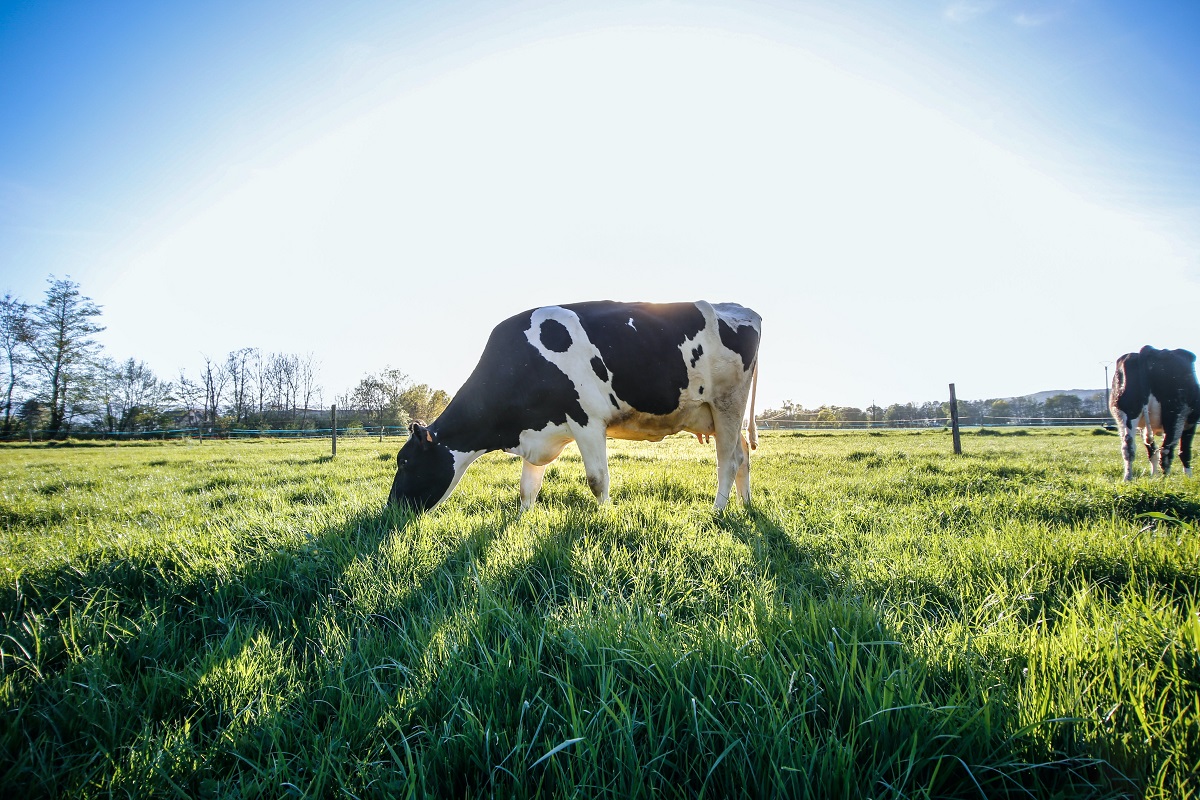Biomethane production in Estonia, according to Jaanus Marrandi, manager of the Central Estonian farming firm Estonia OU, is an excellent alternative to natural gas imported from Russia, which must be phased out, The Baltic Times reports.
“We have the capacity to produce biogas in the amount of 1 terawatt-hour (TWh), which is close to one-fifth of Estonia’s current needs, and it would benefit the whole of Estonia,” Marrandi said in a press release. Estonia’s current annual gas consumption is 5 terawatt-hours.
Agriculture has promised to cut its greenhouse gas emissions by 2030 at the European Union level. The areas of agriculture with the largest greenhouse gas emissions are milk production and animal husbandry.
Marrandi stated that, in light of the new sustainable objectives, it is critical that Estonia is able to defend and explain its positions so that agricultural production in the country is not compromised, particularly milk production, when with the use of fertilizers and plant protection products is already significantly smaller than in other countries in the EU.
According to Marrandi, there is a lot of debate these days about importing 1 terawatt-hour of gas to Estonia through a ship and an LNG terminal. However, the same quantity of biomethane production in Estonia from animal manure and other organic wastes, such as grass silage and food waste, according to estimates.
To take advantage of the current biogas potential, 30-40 biogas plants with a capacity of around 35 gigawatt-hours per plant might be developed in Estonia, he added, and there are a lot of compelling arguments in support of such a proposal.
While it is conceivable to develop green gas plants on a market-based basis and without large subsidies in the current market condition, Marrandi pointed out that it is impossible to forecast long-term changes in gas prices.
Marrandi believes that actual tools will emerge in the next EU budget term, allowing a working carbon quota trading system in agriculture to be established.

